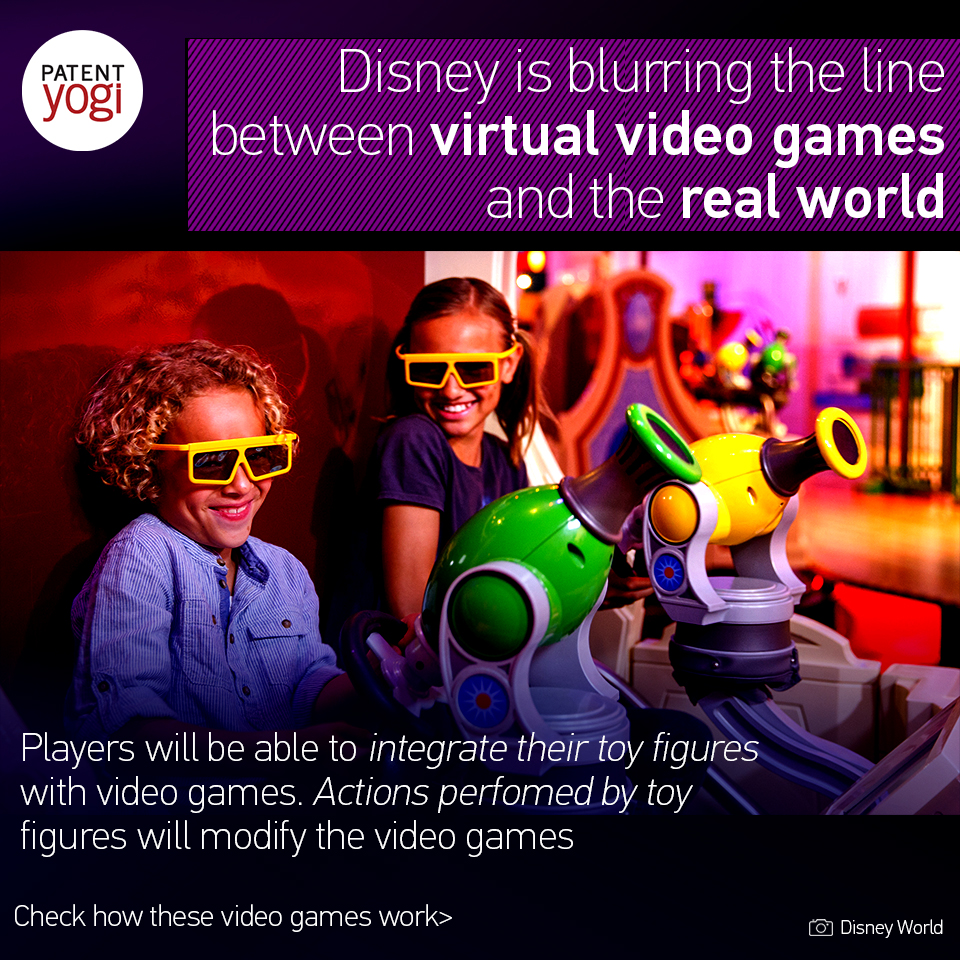Computer graphics technology has come a long way since video games were first developed. Relatively inexpensive 3D graphics engines now provide nearly photo-realistic interactive game play on hand-held video game, home video game and personal computer hardware platforms costing only a few hundred dollars.
These video game systems typically include a hand-held controller that a user uses to send commands to the video game system to control a video game. For example, the controller may be a joystick operated by the user.
Many smartphone games (such as Pokémon Go) use camera to capture video of a physical, real-world scene. Then, virtual objects are inserted into the captured images before the images are displayed.
However, while video games allow the user to interact directly with the video game system, such interactions primarily influence the graphical depiction shown on the video game device (or on a connected display), rather than physical objects outside of the virtual world. That is, a user may specify an input to the video game system, indicating that the user’s avatar should perform a jump action, and in response, the video game system could display the user’s avatar jumping. However, such interactions are typically limited to the virtual world, and any interactions outside the virtual world are limited (e.g., a hand-held gaming device could vibrate when certain actions occur). As such, the interactions between conventional physical and virtual worlds are limited.

Disney is planning to change this. A recent patent publication from Disney reveals that the company wants to integrate physical objects with video games. The users can modify aspects of the game by perform out-of-game activities using the physical objects.
For example, a user could synchronize an Iron Man toy figure with a video game system. A particular game could then task a user with carrying the toy device to a particular geographic location (e.g., a particular ride within Disneyland theme park) and the Iron Man toy could use a global positioning system (GPS) receiver to determine when the Iron Man toy reaches the particular geographic location. Upon receiving, from the Iron Man toy an indication that the out-of-game activity has been completed, the video game may be modified. For example, a user avatar within the virtual world of the game could be granted rewards, such as experience points, skill points, ability points, in-game currency and so on.
Disney may provide these video games and toy figures to visitors are Disneyland. This will make their visit even more interesting and fun.
Publication number: US 20160325180
Patent Title: Dynamic physical agent for a virtual game
Publication date: 10 Nov 2016
Filing date: 6 May 2015
Inventors: Robert H. NELSON; Jeffrey O. BUNKER; Robert R. LOWE;
Original Assignee: Disney Enterprises, Inc.

